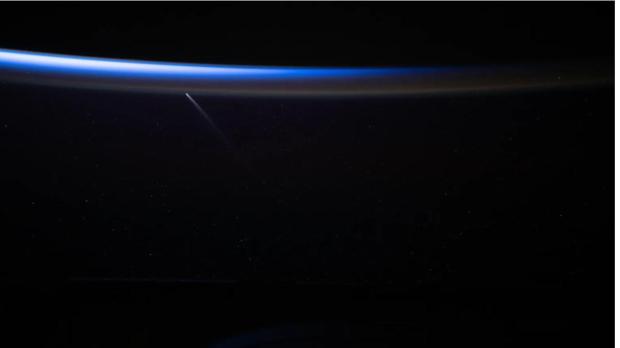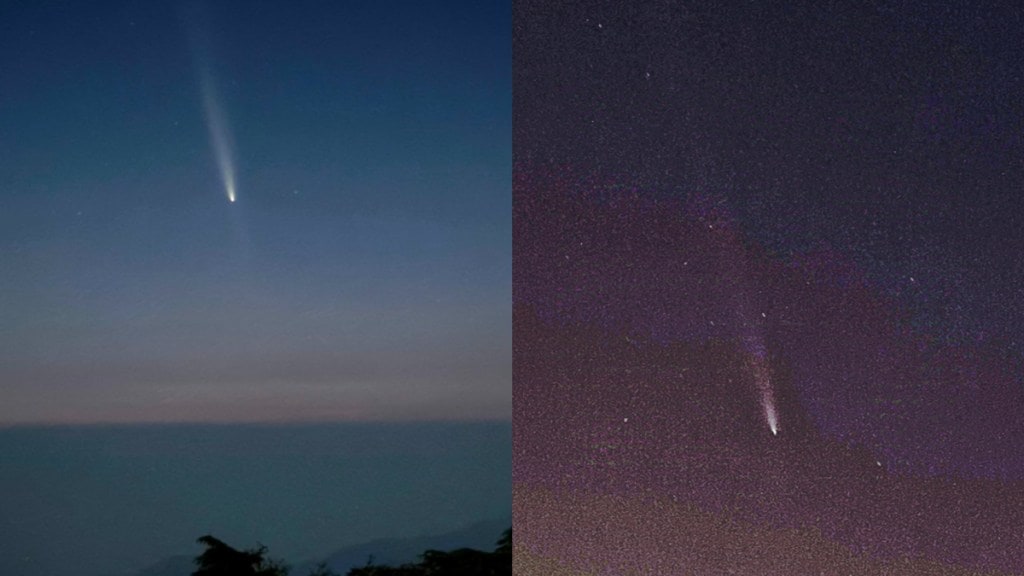Comet C/2023 A3 after 80000 years: A rare celestial event, happening for the first time in 80,000 years, is dazzling the Indian night sky, drawing the attention of stargazers and astronomers alike. Comet C/2023 A3 (Tsuchinshan-ATLAS), first discovered in January 2023, is making its millennia-long return, presenting a once-in-a-lifetime viewing opportunity for sky enthusiasts across the globe.
Why is this comet so rare?
According to NASA website, Comet C/2023 A3 (Tsuchinshan-ATLAS) is considered rare as it is an ancient comet making its first documented approach to the inner solar system. Its highly elliptical orbit allows it to be visible only once, rendering this appearance truly unique.

How is this comet visible to observers on Earth?
Observers on Earth will be able to see Comet C/2023 A3 (Tsuchinshan-ATLAS) beginning in mid-October 2024, as it appears low in the western sky after sunset. The optimal viewing period is from October 14 to 24, when the comet’s tail could catch sunlight and potentially be seen with the naked eye. Using binoculars or a small telescope will improve the viewing experience, as per NASA’s official website.
Here’s how X users across India and world wide reacted :
Netizens across India and around the globe have been lighting up Twitter and social media with breathtaking videos and images of Comet C/2023 A3 (Tsuchinshan-ATLAS). Here’s a peek into the celestial buzz:
One excited user from India shared a captivating video, exclaiming, ‘Comet of the Century’ lights up the night skies of Andaman! We caught it dazzling in the western skies, leaving behind a shimmering trail like it’s the star of a cosmic show!”
From Chennai, another skywatcher chimed in, “I spotted Comet C/2023 A3 this evening! It was boldly shining through the clouds, visible to the naked eye. Check out this stunning shot of its long tail! I even snapped a pic back on September 28 from Angkor Wat—talk about a comet road trip!”
A thrilled user from Srinagar posted, “This evening, I finally captured Comet C/2023 A3 (Tsuchinshan-ATLAS) from Srinagar, Kashmir.”
Another starry-eyed observer shared, “Check out my time lapse of Comet C/2023 A3 (Tsuchinshan-ATLAS) from 1847 to 1937 MST on October 13, 2024! I managed to capture the elusive anti-tail (along with a few pesky headlights) with my 85mm lens from Ashurst Lake in Arizona. This comet is definitely the real deal!”
And from across the globe, another user added some excitement, saying, “Witnessing Comet C/2023 A3 (Tsuchinshan-ATLAS) above the troposphere in a half-hour time-lapse! The magnificent dust tail and its mysterious ‘anti-tail’ were visible even to the naked eye. Welcome to the October comet season—let’s enjoy this cosmic carnival!”


